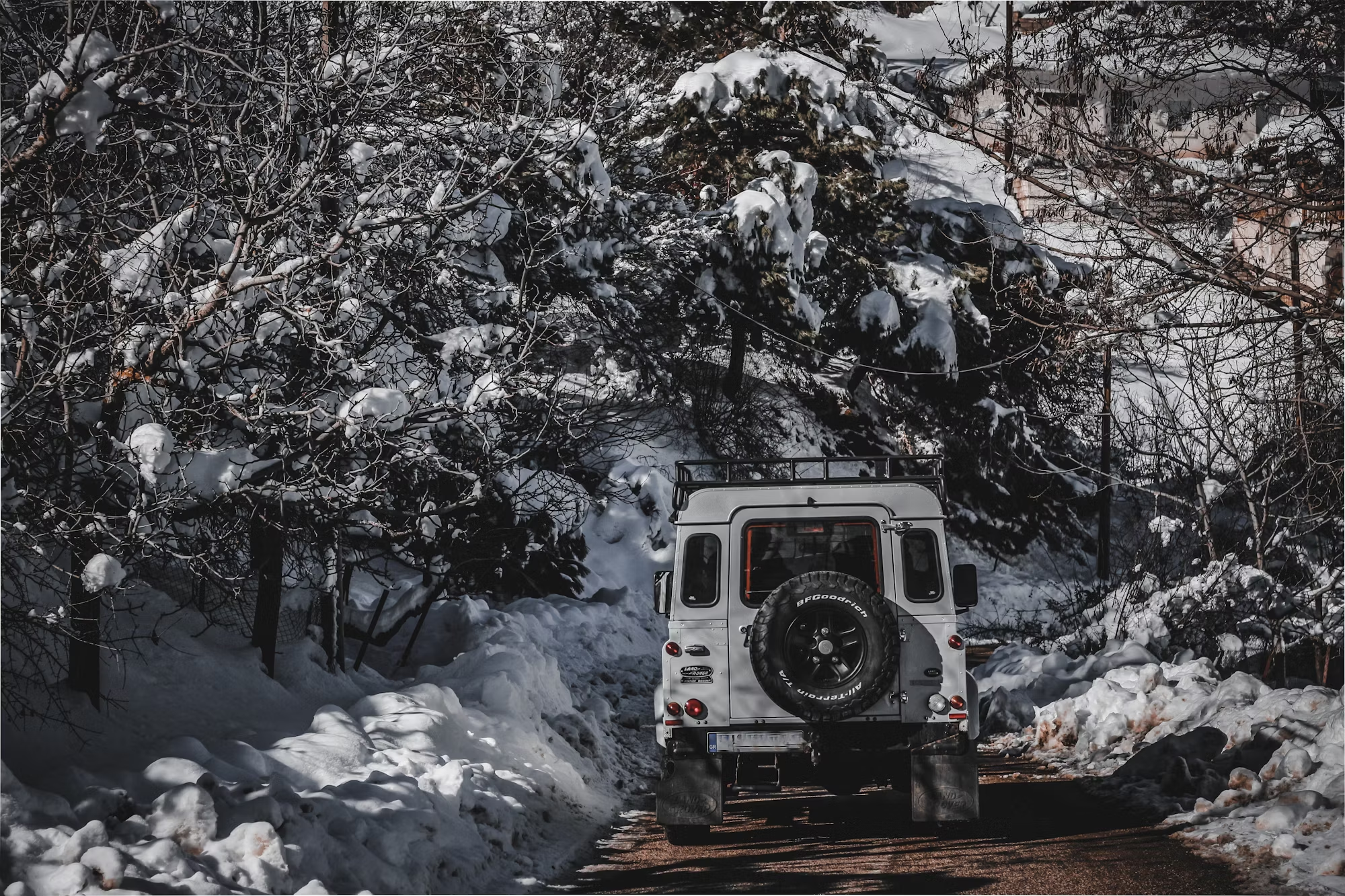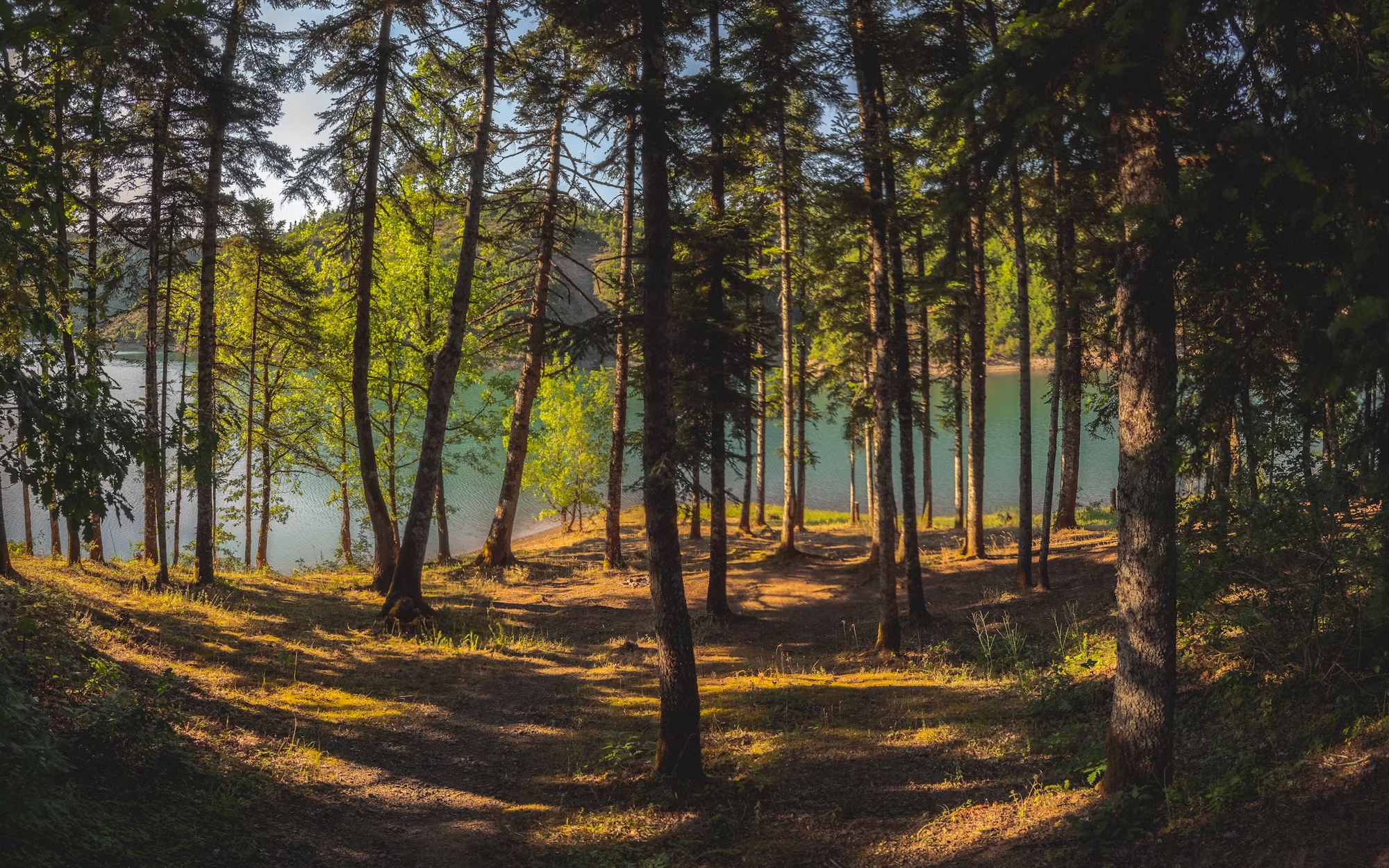
Exploring the Thrill of Off-Roading: A Comprehensive Guide
Off-roading has become a beloved pastime for adventure seekers, offering a unique opportunity to explore the great outdoors in a way that paved roads cannot. From muddy trails to rocky landscapes, off-roading presents numerous challenges and experiences that keep enthusiasts coming back for more. This article will explore the various types of off-roading, the essential gear you’ll need, and tips to make your adventure both enjoyable and safe.
The Appeal of Off-Roading
The thrill of off-roading lies in its ability to connect you with nature while providing an adrenaline rush. Whether you’re navigating through deep mud, climbing rocky hills, or cruising along scenic trails, each experience offers something different. Off-roading allows drivers to escape the hustle of daily life and immerse themselves in beautiful landscapes, making it a favorite for those who crave adventure.
Types of Off-Roading
Off-roading can be categorized into several distinct styles, each offering its own set of challenges and rewards. Here are some popular types:
1. Mud Off-Roading: Mud off-roading involves traversing muddy terrains that can be both exhilarating and challenging. Vehicles equipped with specialized mud-terrain tires and increased ground clearance are essential for navigating through deep puddles and slippery tracks. Events like mud bogging and mud racing highlight the fun and camaraderie of this off-roading style, where participants compete to see who can handle the muddiest paths.
2. Rock Crawling: For those who enjoy technical driving, rock crawling presents an exciting challenge. This type of off-roading involves navigating rocky terrain filled with boulders, steep inclines, and uneven surfaces. Vehicles used for rock crawling are often heavily modified, featuring reinforced suspensions and specialized tires designed to grip the rocks. Successfully conquering a difficult trail can be immensely rewarding, as it requires both skill and patience.
3. Trail Riding: Trail riding is perhaps the most accessible form of off-roading, as it involves driving on established trails through forests, mountains, and deserts. The difficulty of these trails can vary widely, making it suitable for beginners and experienced drivers alike. Trail riding allows enthusiasts to enjoy beautiful scenery while maintaining a manageable level of challenge. This style often encourages a leisurely pace, perfect for soaking in the natural surroundings.
4. Dune Bashing: If speed is what you crave, dune bashing might be the perfect fit. This thrilling activity takes place on sand dunes, where drivers race over the soft, shifting sands. Vehicles suited for dune bashing typically have wide tires and powerful engines to handle the challenges of the terrain. The exhilaration of climbing steep dunes and gliding down their slopes creates an unforgettable experience.
5. Overlanding: Overlanding is all about adventure and exploration. It involves long-distance travel across various terrains, often requiring drivers to camp and become self-sufficient along the way. Overlanding vehicles are equipped with camping gear, food supplies, and tools necessary for extended trips. This type of off-roading emphasizes the journey as much as the destination, encouraging enthusiasts to discover remote areas and embrace the spirit of adventure.
6. Rally Raid: For competitive spirits, rally raid offers a thrilling combination of speed and endurance. This style of off-road racing involves long-distance events that take drivers through diverse terrains, including deserts and mountains. Vehicles designed for rally raid are built for speed and durability, enabling them to navigate challenging landscapes while maintaining performance. The competitive nature of rally raid adds an exciting twist to traditional off-roading.
7. Cross-Country Off-Roading: This adventurous style encourages drivers to venture across unmarked terrains, often in search of hidden trails and scenic vistas. Cross-country off-roading requires strong navigation skills and a sense of adventure, as drivers explore areas that may not be well-documented. The thrill of discovering new landscapes adds to the excitement of this off-roading style.
8. Mudding and Snow Off-Roading: Mudding focuses specifically on navigating through mud pits, while snow off-roading involves driving on snow-covered trails. Each type presents unique challenges that require vehicles designed for specific conditions. Proper tires and traction systems are crucial for handling mud and snow, ensuring a fun and safe experience.
Essential Gear for Off-Roading
Equipping yourself with the right gear is vital to ensure a safe and enjoyable off-roading experience. Here’s a list of essential items to consider:
– Vehicle Modifications: Depending on the type of off-roading you choose, modifications may be necessary. For mudding, consider adding mud-terrain tires and a lift kit, while rock crawling might require reinforced bumpers and skid plates. Ensuring your vehicle is properly equipped will enhance its performance and safety on challenging trails.
– Safety Equipment: Safety should always be a priority when off-roading. Equip yourself with helmets, gloves, and sturdy footwear to protect against potential hazards. A well-stocked first-aid kit can help manage minor injuries, while having tools for basic repairs can prevent you from being stranded in remote areas.
– Navigation Tools: Reliable navigation is essential, especially in unfamiliar territories. Bring a GPS device, maps, and a compass to help you stay on course. Smartphone applications can also assist with route tracking and locating nearby trails.
– Camping Gear: If your adventure involves overnight camping, pack the necessary gear. This includes a tent, sleeping bags, cooking equipment, and enough food and water for your journey. Staying organized and prepared will enhance your outdoor experience.
– Communication Devices: Maintaining communication with your group is crucial, particularly in remote locations. Consider using two-way radios or satellite phones to ensure everyone stays connected, enhancing safety and coordination.
Tips for a Successful Off-Roading Experience
1. Plan Your Route: Before hitting the trails, research and plan your routes. Understanding the terrain and its challenges will help you prepare for the adventure ahead.
2. Travel in Groups: Off-roading is often more enjoyable when shared with others. Traveling in a group enhances safety and provides support in case of mechanical issues or unexpected challenges. The camaraderie of shared experiences can make your adventure even more memorable.
3. Respect Nature: Off-roading can impact the environment, so it’s essential to follow local regulations and guidelines. Stick to designated trails and practice Leave No Trace principles to minimize your impact on nature.
4. Know Your Limits: Choose trails that match your skill level. Start with easier terrains and gradually progress to more challenging routes as your confidence grows.
5. Stay Hydrated and Nourished: Long days outdoors can be physically demanding. Bring plenty of water and snacks to keep your energy levels high throughout your adventure.
6. Prepare for Weather Changes: Weather can change quickly, especially in mountainous areas. Always check forecasts before your trip and pack accordingly, including extra layers for warmth or rain gear.
Conclusion
Off-roading offers an exciting way to explore nature while testing your skills and enjoying the thrill of adventure. With various styles available, from mudding to overlanding, there’s something for every adventure seeker. By equipping yourself with the right gear, respecting the environment, and planning your journeys carefully, you can create unforgettable memories on your off-roading adventures. So gear up, hit the trails, and embrace the joy of discovering nature beyond the paved roads.







